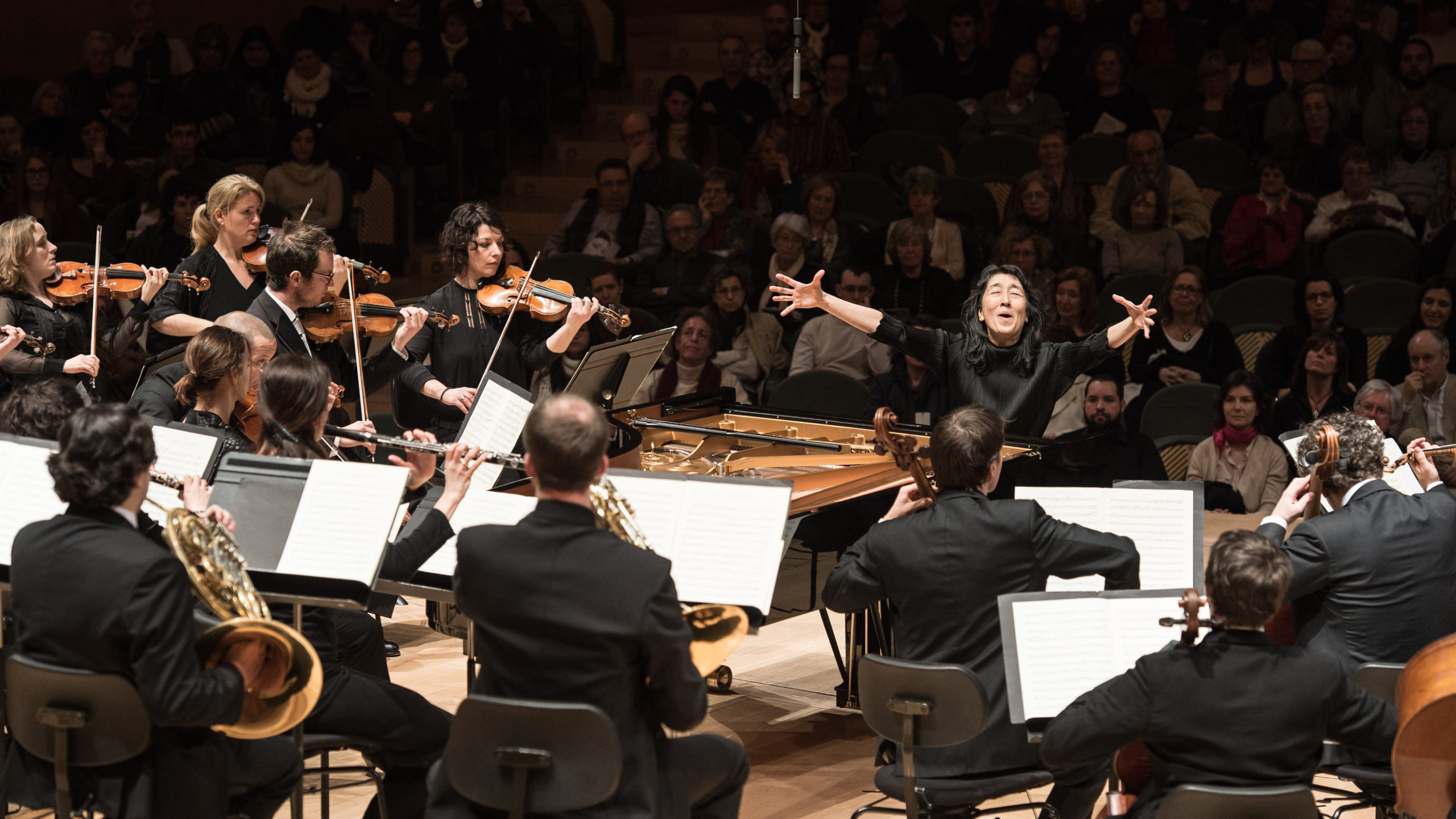Welcome to our 2024-2025 season!
When
Thursday, March 27, 2025, 7:30 PM
Add To Calendar
03/27/2025 7:30 pm 03/27/2025 9:30 pm America/New_York Mahler Chamber OrchestraMitsuko Uchida, Piano
Richardson Auditorium, Alexander Hall
Where
Richardson Auditorium, Alexander Hall
Tickets
This event is currently available as part of a Curated Subscription, Make-Your-Own Series, or Princeton University Student Early Bird program. Buy Now>
Single Tickets go on sale on Monday, August 5 at noon (Eastern time).
Subscription
Purchase this event at a discount as part of a curated subscription or make-your-own series package.
SubscribeRavishing poise”
—The Times (U.K.)
Concert Classics Series
About the Event
After an instantly sold-out performance in March 2022, the Mahler Chamber Orchestra and pianist Mitsuko Uchida return for two more breathtaking concerti by W.A. Mozart conducted from the piano, paired with Leoš Janáček’s woodwind sextet, Mládí (Youth). The orchestra last brought their visionary spirit to our 2023-24 season with an unforgettable Virtual Reality installation. Their long-term partnership with legendary pianist, one of the greatest living interpreters of Mozart’s keyboard music, is another “totally absorbing,” (The Guardian) unmissable experience. Get your tickets quickly!
Read More About Event
After an instantly sold-out performance in March 2022, the Mahler Chamber Orchestra and pianist Mitsuko Uchida return for two more breathtaking concerti by W.A. Mozart conducted from the piano, paired with Leoš Janáček’s woodwind sextet, Mládí (Youth). The orchestra last brought their visionary spirit to our 2023-24 season with an unforgettable Virtual Reality installation. Their long-term partnership with legendary pianist, one of the greatest living interpreters of Mozart’s keyboard music, is another “totally absorbing,” (The Guardian) unmissable experience. Get your tickets quickly!
Program
- W.A. Mozart
Piano Concerto No. 18 in B-flat Major, K. 456
Piano Concerto No. 21 in C Major, K. 467 - Leoš Janáček
Mládí (Youth)
Discover More Like This





